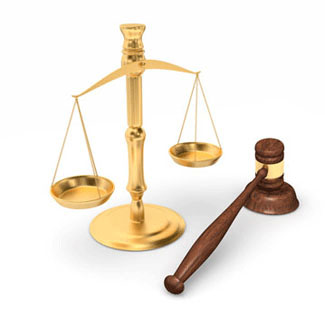
J&J Looks for a $6.48 Billion Settlement on Pending Talc Claims
J&J decided to go for a significant settlement to lower continuing legal costs and any future obligations
Wednesday, June 5, 2024 - According to reports, Johnson & Johnson (J&J) is looking to settle most of the roughly 61,000 talcum powder lawsuits that is still ongoing in state and federal courts around the country. To resolve these claims made mostly by women claiming that talc powder caused their ovarian cancer, the pharmaceutical behemoth is attempting to negotiate a $6.48 billion settlement. Even while many talc/mesothelioma cases, like Kyung Lee's, have been settled, J&J still faces a big obstacle from the amount of pending litigation. Claims that asbestos-containing talc-based goods, such as the well-known Johnson's Baby Powder, caused major health problems, especially mesothelioma and baby powder ovarian cancer, are at the heart of the J&J lawsuit wave. The plaintiffs contend that because J&J put profits ahead of safety, it knew about the possible contamination yet did not appropriately notify consumers. Public indignation and legal action have been further stoked by the finding of internal documents indicating the corporation knew about the hazards.
In court, several studies and expert testimony have refuted J&J's repeated claims that their talc products are safe and asbestos-free. Although the corporation has defended itself with the legitimacy of its testing procedures and regulatory licenses, the case has produced a mixed bag of findings, with some juries siding with the plaintiffs and others with the company. Most of the outstanding cases, which mostly concern allegations of ovarian cancer brought on by talc powder use, are supposed to be resolved by the $6.48 billion settlement. Following a string of high-profile cases, such as the $260 million verdict given to Kyung Lee, who reportedly contracted mesothelioma from asbestos in Johnson's Baby Powder, came this settlement attempt.
Considered a calculated effort to reduce ongoing litigation expenses and possible future liabilities, J&J chose to pursue a large-scale settlement. With the majority of the cases settled, the corporation expects to conclude a sizable amount of the litigation, which has already cost them billions in settlements and legal costs. Amidst the protracted legal disputes, this action is probably also meant to stabilize the company's financial picture and win back investor trust. While the planned settlement would settle a lot of cases, significant rulings like the one in Kyung Lee's case might persuade other plaintiffs to litigate their cases instead of settling. Even while J&J won several cosmetic talc trials in a row after the COVID-19 outbreak reopened the courts, big verdicts can give plaintiffs and their lawyers more confidence to pursue similar results in court. Large court awards could deter some litigants from settling because they think they can win more in court. This dynamic presents J&J with a continuous problem because they run the danger of receiving another big verdict against them in every new trial. Part of their larger approach to controlling these risks and discouraging new lawsuits is the company's attempts to challenge big verdicts, such as the $260 million granted to Kyung Lee.
 OnderLaw, LLC -
OnderLaw, LLC -